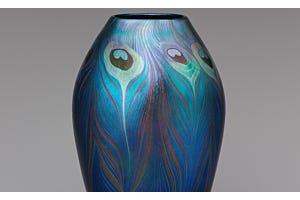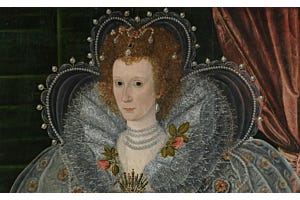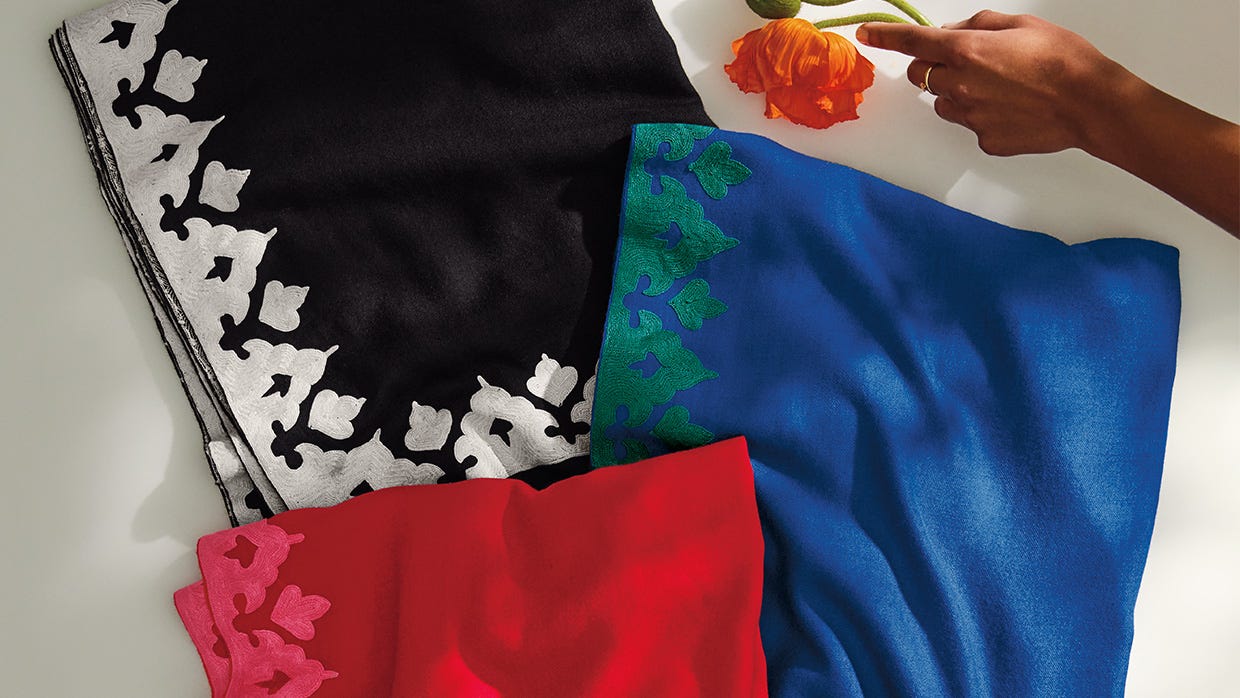
Concurrent with the 10th anniversary of the Museum's reimagined Islamic Wing—15 extraordinary galleries cohesively exhibited as Art of the Arab Lands, Turkey, Iran, Central Asia, and Later South Asia—The Met Store is delighted to present the Heirloom Project. This celebratory initiative commemorates The Met’s exceptional Islamic art collection and assists in the preservation of traditional craftsmanship by engaging with global artisans.
Together with a team of master artisans, Kashmir Loom cofounders Jenny Housego and Asaf Ali shepherd a heritage craft into the modern day. Operating between Delhi and Srinagar, Kashmir, a bucolic region at the northern reaches of the Indian subcontinent, Kashmir Loom reinterprets a sartorial superstar: the Kashmiri shawl, which has been adapted by cultures near and far throughout the centuries. Each shawl is handcrafted in small Kashmiri family workshops, where pride and dignity are spun as surely as a soft Pashmina thread on a traditional charka wheel.
Below, learn more about the crucial mission of Kashmir Loom, the importance of preserving regional artisanship, and the brand's collaboration with the illustrious designer and Heirloom Project leader Madeline Weinrib to realize three head-turning merino wool shawls embroidered with a chain stitch motif inspired by the “kaleidoscope” design on a 16th-century Turkish dish in The Met collection.
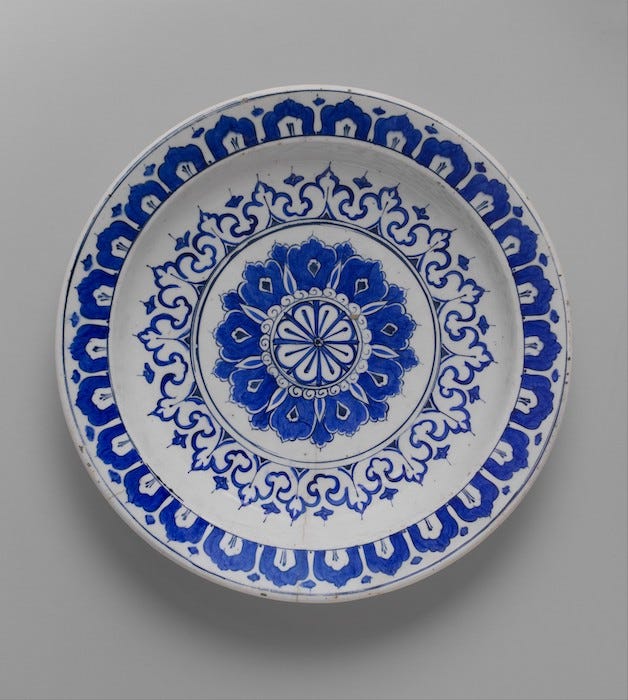

What’s your philosophy as a brand?
We endeavor to work with our artisan communities and bring out the best in them and their craft practices. We hope our continued work with the community impacts not only their craft, but also their social and economic progress.
How does that philosophy factor into the items you produce?
Our collection, while contemporary, is deeply rooted in the traditional craft practices of the region. There is immense potential in our artisans, especially when stimulated with new ideas and challenges. The artisan community does not just manufacture, but they are collaborators in a true sense with our brand.
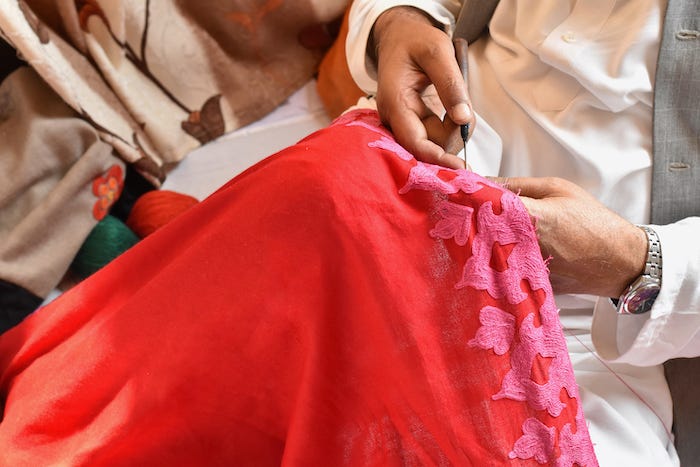

Can you talk a bit about your contribution to the Heirloom Project?
The Heirloom Project has given us the opportunity to shine a light on a less celebrated craft from the Kashmir Valley. A similar chain stitch made with a cobbler’s hook-like needle is used in many parts of India; the one done in Kashmir is unique as they do it without a frame. The fabric is gently stretched over the knees by the artisan, and they hold the thread on the underside of the fabric with the hook at the end of the needle pulling it through. The chain stitch industry in Kashmir has been most challenged by the advent of various machines, which can now create a similar stitch. We hope finding itself on the world stage as part of such a prestigious project will open many new doors for the craft and the artisans who have practiced it for generations.
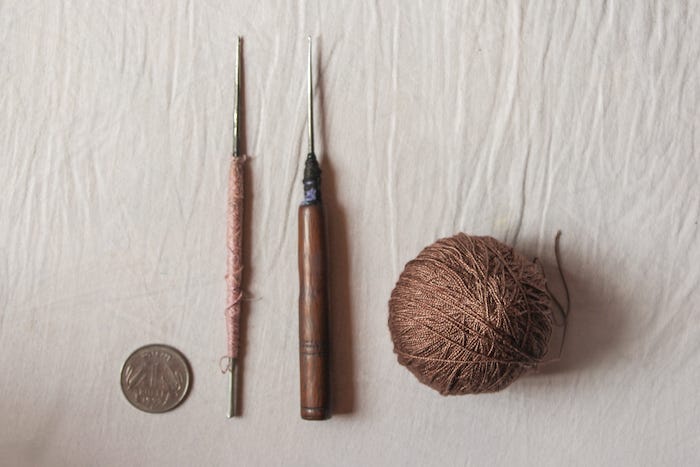

Under the exceptional design guidance of Madeline Weinrib and the support of our artisans, we have been able to achieve this luxurious, 100% merino wool shawl featuring an exquisite chain stitch pattern inspired by a stonepaste dish in The Met collection. Painted in brilliant colors, the dish was produced at the famous kilns in Iznik, Turkey.
What excites you most about the Heirloom Project?
The Heirloom Project is the first of its kind to bring exceptional crafts from around the world to center stage at The Met. Madeline Weinrib has designed the collection with great care to both celebrate craft and be successful at The Met Store. Founder Jenny Housego has always believed that good commerce and ethical business are key to the survival of ancient craft practices from around the world. We hope the Heirloom Project becomes an inspiration for other museums and institutions worldwide to work with and come forward to support craft.
Is there anything in particular that you hope the public will learn from or appreciate about this initiative?
When good design and traditional craft come together, they create magic. These are products with history, tradition, and, most importantly, a distinct impression of the human hand.
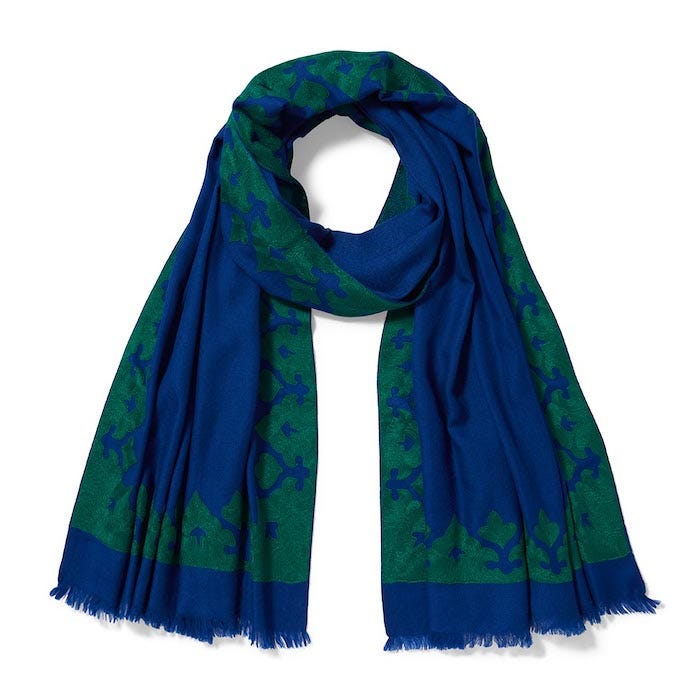

Where else do you typically derive creative inspiration from?
Kashmir’s rich history and key location on the silk route have left myriad influences on the crafts of the valley. The caravan traders along the silk route acted as the medium of exchange for art, culture, and ideas. Many areas along the trade routes became famous for their specific products—Kashmir for its fine shawls and exquisite hand crafts.
Examples of these famed shawls in The Met collection and museums around the world have always fascinated and inspired us to create some of our best pieces in the finest version of the crafts possible today. While being inspired by the heights of textile crafts of the past from the Kashmir Valley, we remain focused also on shaping its future!
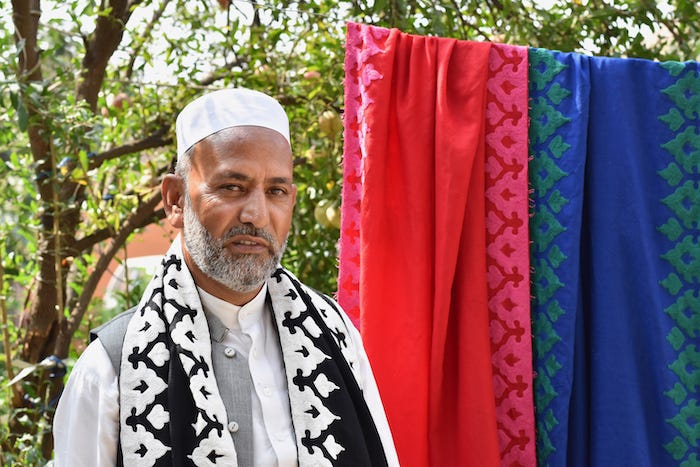

What's next for you?
The wellbeing of our artisans is of paramount importance to us. We would like to continue our journey to train and inspire them to strive toward the highest quality of their craft practice while ensuring their long-term sustainability.



